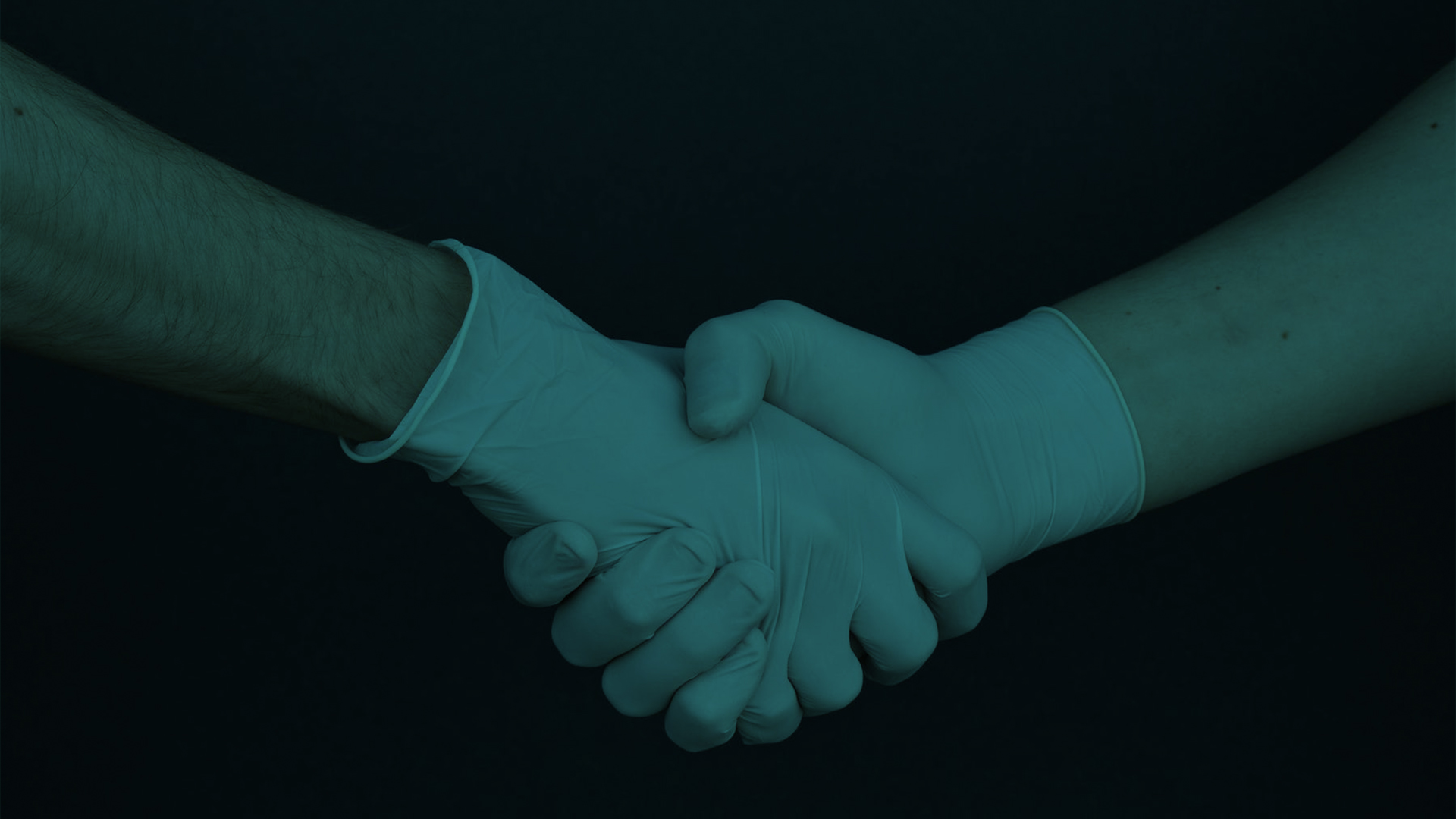
ODE TO THE SENSORY
By Bruno Hancké – Managing Director Groevy
Now that we can no longer touch each other in these corona times, you begin to notice how important the sensory element is to feeling good. We all have our five senses, we can hear, see, smell, feel and taste. Some of us also have that mystical ‘sixth sense’. For a long time, I’ve been fascinated by what our brain does with all these stimuli, especially in our professional environment.
The experience economy
We are now living in the age of the “experience economy”. Today more than ever, people and consumers are driven by “experiences”. Back in 1999, in their first book “The experience economy”, Pine & Gilmore, two scientists, described how, after the “product economy”, we would shift more and more to an “experience economy”. Not that one would replace the other: products are an important part of our lives, but, more than ever, it’s the story, the people and the values behind those products and services that are important. The hairdressing world would become the environment par excellence, where experiences with people are the most important things, and where products play a supporting role.
The word ‘experience’ has become somewhat eroded today. It’s no longer about placing some extra lighting: it’s about much more. It’s about making people feel really good by making the best possible use of all the senses. I regularly give the following example: you’re going to buy a car, and you visit two dealers. If the cars are identical, and we assume that the prices are also the same, then you will buy that car from where you felt the best. You will almost certainly make a rational consideration about things like accessibility, after-sales service, and so on afterwards, but your unconscious purchase decision will have been made based on emotional factors, whether intentionally or not.
Our brains
All our stimuli enter through the right side of the brain. This side represents emotions, impressions, images, sound, etc. Very quickly, and with some a little faster than the others, these stimuli are transmitted to the left side, which represents our rationale, and which, above all, needs to feed on data and structure. Or to put it simply: “what a beautiful shirt, that’s really something for me (right side)! Oh dear, 150 euro?! No, I can’t/won’t pay that! (left side). Do you understand what I mean? Now, we’re all unique, of course, and one person will linger on the right side a bit longer than another, and need more “right energy” than left, or the other way around. This is also true for music. Imagine you have the radio on, and the programme is interrupted by the news. Half of the listeners (for convenience, let’s call them the “rationals”, who quickly activate the left side) will recognise this as “the news is on”, and the stimulus is classified. The other half are more likely to perceive this as “annoying”, because it doesn’t feel emotionally right. And for the one in ten who are highly susceptible or highly sensitive (and there are more and more people like this in every generation), this interruption will be very annoying, and they will really feel irritated. By the way, this breakdown also applies to your employees on the floor.
Like music to your ears
Now that we know what they are doing to our brains, it is important to attune all those stimuli from our different senses to our environment, or at least to the “experience” we want to create for our customers. The music in the shop or hairdresser’s salon should therefore correspond 100% with the ambience there, or, even better, with “the DNA” of your business, should be appreciated by your customers, and create a “hum-along effect” among your employees. After all, the number one experience should be interaction between people. If we can make your employees feel good, that energy will be passed on to your customers.
And that’s where the snag is nowadays. The flood of music has been around for several decades with the advent of the Internet. Music suppliers nowadays provide music systems with hundreds of music channels. But what is really lacking is the selection of the right music: music that is right in the middle of that “sweet spot” between the DNA of your business, your customers and your employees. At Groevy, we have music consultants who don’t simply fill channels with standard songs, but work with the customer to find his ideal mix. They then use an automatic playlist generator to ensure that you have a new, fully personalised playlist at your disposal every day, made up of a combination of hundreds of genres, parameters and personal preferences of the client and his team.